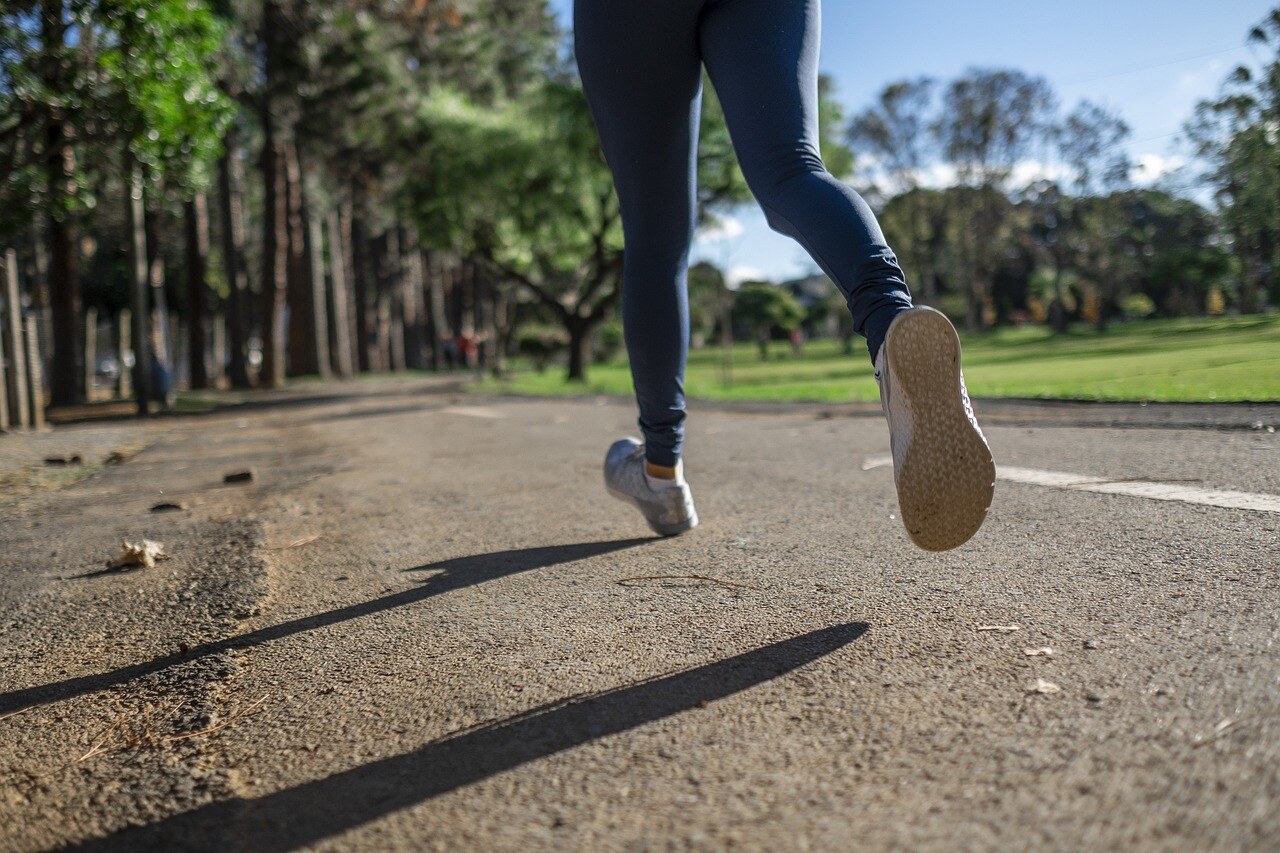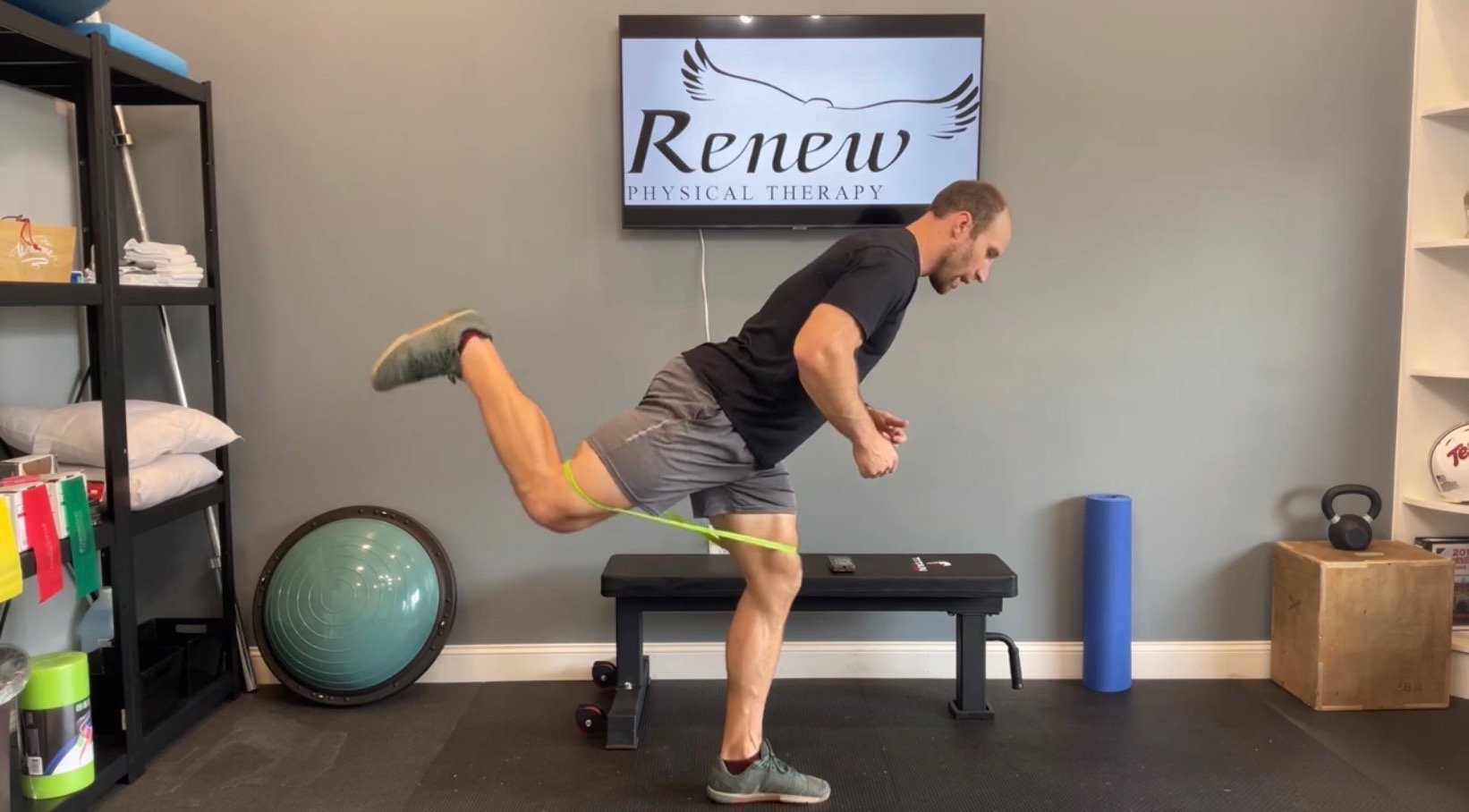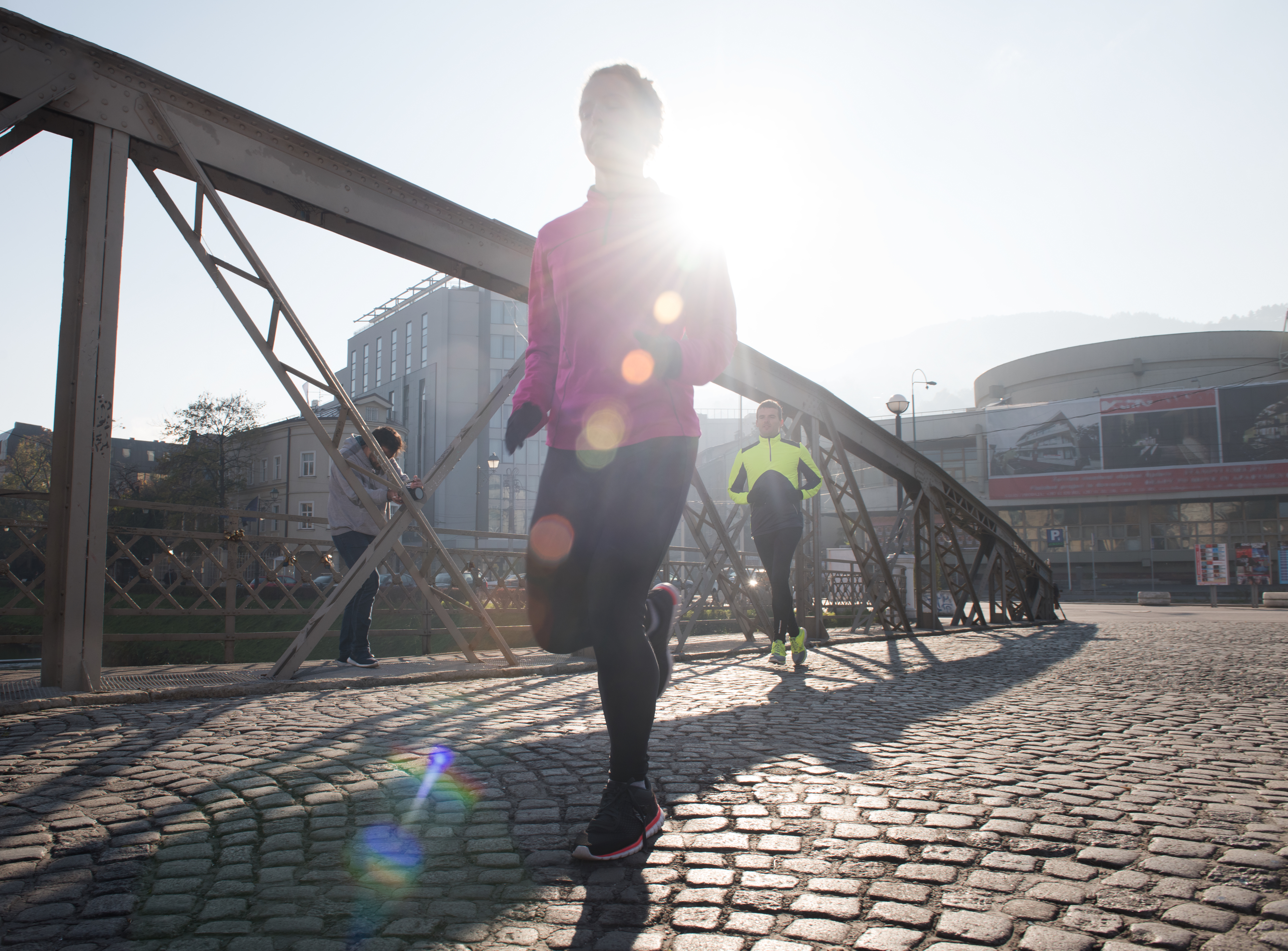Running may seem like a natural movement, but how you run has a significant impact on your risk of injury. While it’s true that running places repetitive stress on the body, most running-related injuries don’t come from how much you run—but from how you run.
Poor form can lead to imbalances that place excessive strain on joints, tendons, and muscles. Over time, even small mechanical inefficiencies can add up—causing issues like shin splints, IT band syndrome, plantar fasciitis, or runner’s knee. In fact, studies have shown that improper running mechanics are one of the most common contributors to overuse injuries in both recreational and competitive runners.
The good news? Running form can be improved. With the right movement analysis and training, many runners can prevent injury entirely—without sacrificing performance. Understanding your body’s movement patterns is the first step toward safer, more efficient miles.
READ: Fueling Recovery & Performance
Common Form Mistakes That Lead to Pain
Even experienced runners can develop habits that quietly sabotage their mechanics over time. These small form errors may not cause immediate discomfort, but they often lead to chronic pain or injury when left unaddressed.
One of the most common issues is over striding, where the foot lands too far in front of the body’s center of mass. This creates excessive braking forces with each step and increases impact on the knees and hips. Another frequent mistake is excessive heel striking, which can limit forward momentum and contribute to joint stress, especially if combined with stiff ankles or tight hip flexors.
Poor posture—such as slouched shoulders or an overly arched back—can also throw off balance and make it harder for your core and glutes to engage properly. This often leads to compensations further down the kinetic chain, increasing strain on the lower back or knees.
READ: Moving Beyond Pain: Physical Therapy Holistic Care in Mooresville

Lastly, lateral movement inefficiencies like hip drop or knee collapse during the stance phase can indicate weak stabilizer muscles, setting the stage for injuries like IT band syndrome or Achilles tendonitis.
By recognizing and correcting these patterns early, runners can protect their bodies and build a foundation for injury-free performance.
How Proper Running Mechanics Protect the Body
Efficient running form isn’t just about looking smooth—it plays a critical role in reducing stress and preventing injury throughout the entire body. When your form is dialed in, each stride works with your body’s natural alignment instead of fighting against it.
Proper running mechanics start with joint alignment. When the hips, knees, and ankles track in line, impact forces are distributed more evenly. This minimizes localized stress on joints and soft tissues, helping to prevent injuries like patellofemoral pain or ankle sprains.
Equally important is muscle engagement. A well-coordinated stride activates the right muscles at the right time—especially the glutes, core, and calves. These muscle groups help stabilize your pelvis, absorb shock, and propel you forward without overloading the knees or lower back.
Stride efficiency also plays a key role. A balanced cadence, midfoot strike, and forward lean reduce the energy cost of each step while minimizing repetitive stress. Efficient runners often recover faster, experience fewer flare-ups, and are better equipped to increase mileage safely.
By reinforcing proper biomechanics, runners can not only reduce their injury risk—but also improve performance and long-term sustainability.
READ: The Ultimate Guide to Running Injury Prevention: How to Stay Strong and Pain-Free
How Physical Therapists Evaluate and Improve Running Form
Improving your running form starts with understanding your unique movement patterns—and that’s exactly where physical therapy comes in. At Renew Physical Therapy, we use a combination of clinical insight and movement science to help runners identify inefficiencies and correct them before they lead to injury.
A typical running assessment begins with a gait analysis, where your stride is recorded and broken down frame by frame. This allows your therapist to observe joint angles, foot strike patterns, cadence, and symmetry in motion. Subtle issues like hip drop, over-rotation, or delayed muscle activation can often be caught in just a few strides.
Beyond the treadmill, a full evaluation may include functional movement screening and muscle strength testing. These help identify weak or under active muscle groups that may be contributing to poor mechanics or excessive joint loading.
Once the root causes are clear, your therapist will build a plan tailored to your body and running goals. This might include mobility drills, muscle activation work, strength training, and cues to improve form during your runs. With consistent guidance, most runners not only feel better—they run more confidently and efficiently.
Signs You Might Need a Running Form Assessment
Not every ache or twinge means you need to overhaul your stride—but certain signs suggest it’s time to take a closer look at your running mechanics. Ignoring these cues can allow small problems to develop into chronic injuries.
If you experience recurring pain—especially in the same area, like your knees, hips, or shins—it may be a sign that your form is placing repeated stress on vulnerable structures. Even if the pain is manageable, its persistence is a red flag that something in your movement pattern needs adjusting.
Performance plateaus are another signal. If your speed or endurance has stalled despite consistent training, poor form could be making your stride less efficient and more taxing on your body.
Also watch for asymmetries—feeling like one leg is doing more work than the other, noticing uneven wear on your shoes, or hearing a louder impact sound on one side while running.
Finally, if you’re ramping up mileage, returning from injury, or training for a race, a proactive form assessment can help you avoid setbacks and build a strong foundation for the road ahead.
Run Smarter and Safer with Renew Physical Therapy in Mooresville
Running doesn’t have to hurt—and it shouldn’t feel like guesswork. At Renew Physical Therapy in Mooresville, we help runners of all levels improve form, reduce injury risk, and move with more confidence mile after mile. Whether you’re training for your next 10K or simply trying to stay active without pain, we provide the tools and guidance to help you run stronger and safer.
Our team takes a personalized, one-on-one approach to running assessments. We combine video gait analysis with strength testing and mobility screening to uncover the root causes of inefficient mechanics. From there, we build a tailored program that focuses on movement quality, injury prevention, and long-term running health.
READ: Physical Activity and Health
If you’ve been dealing with nagging pain, inconsistent performance, or just want to take a proactive step toward injury-free training, we’re here to help. Contact us today to schedule your running form assessment and take the next step toward better movement.





